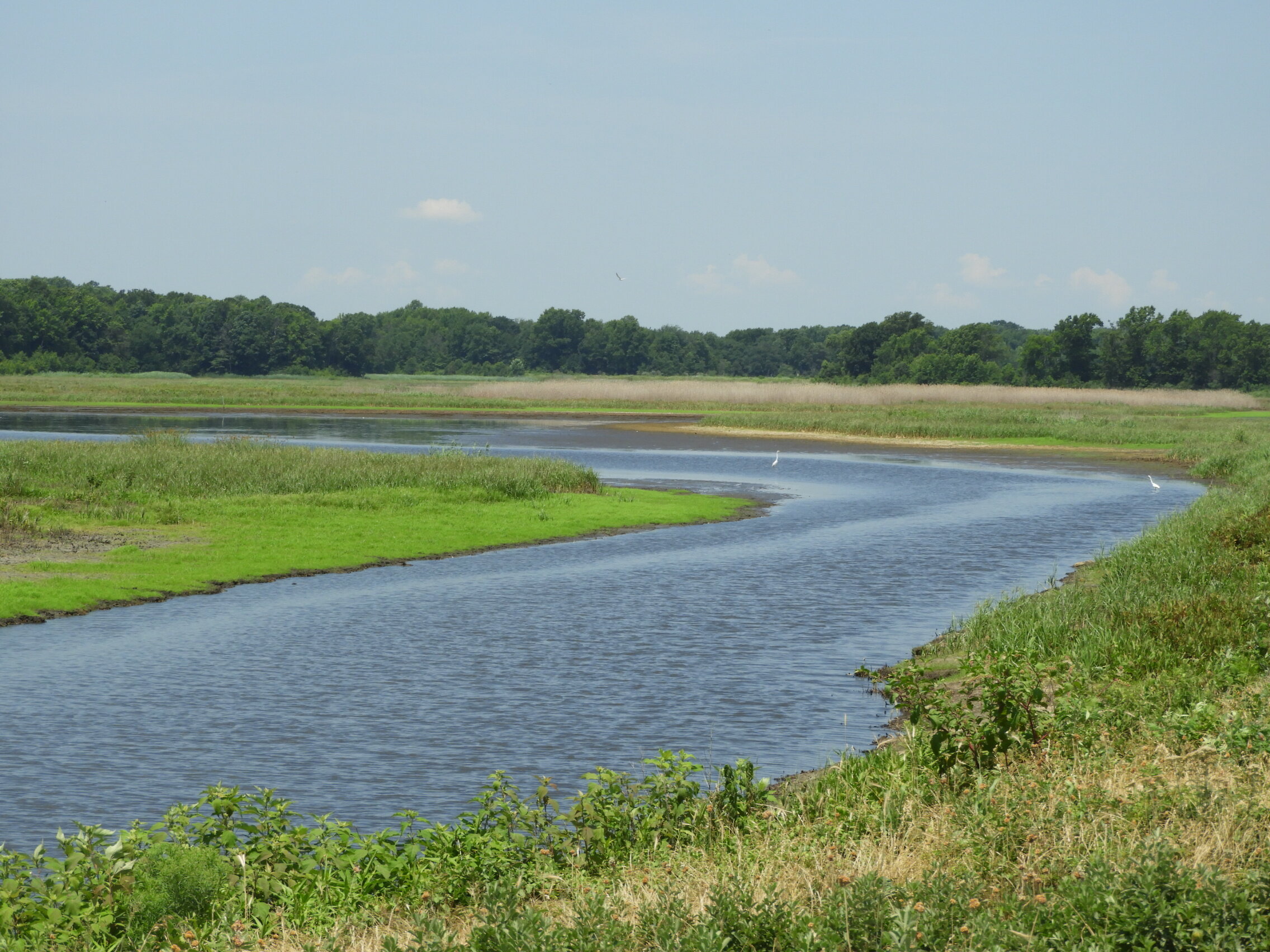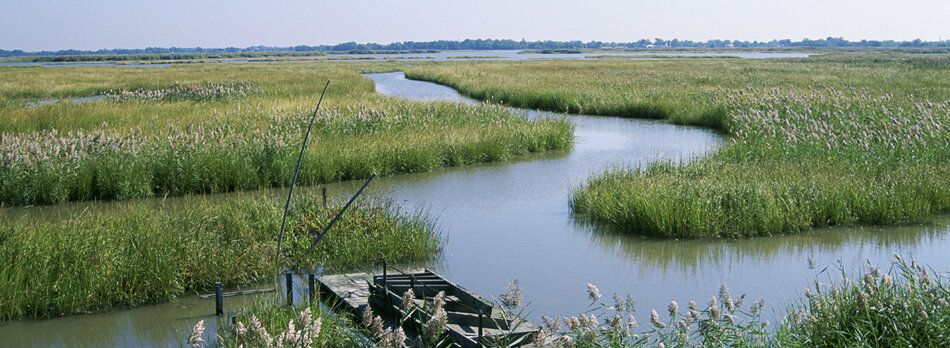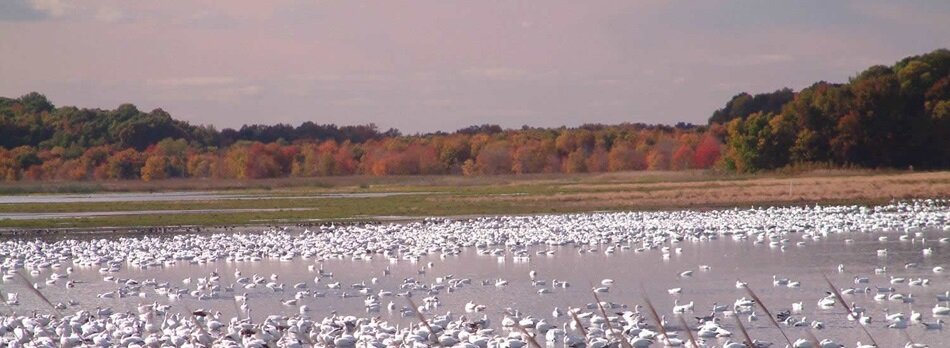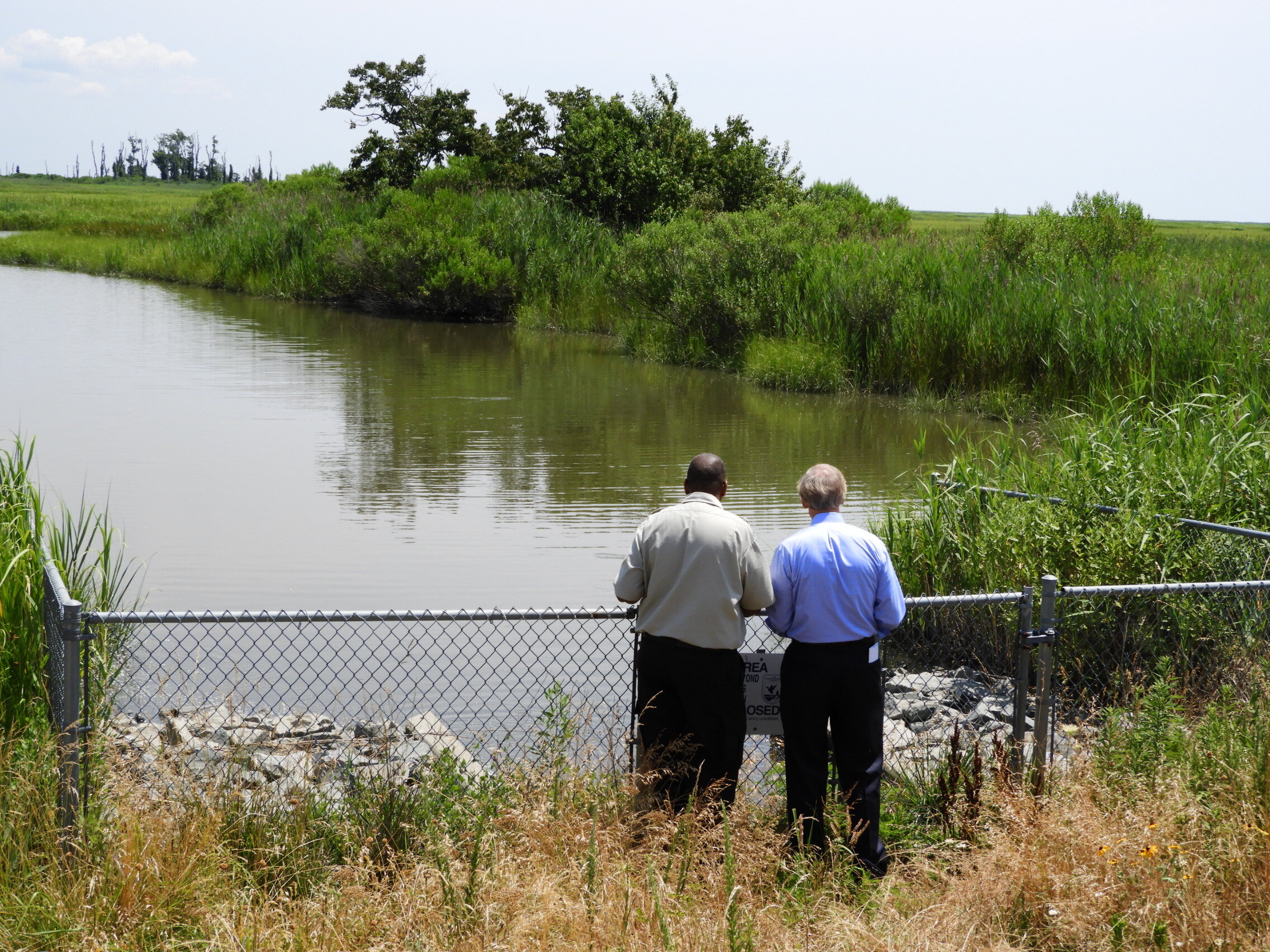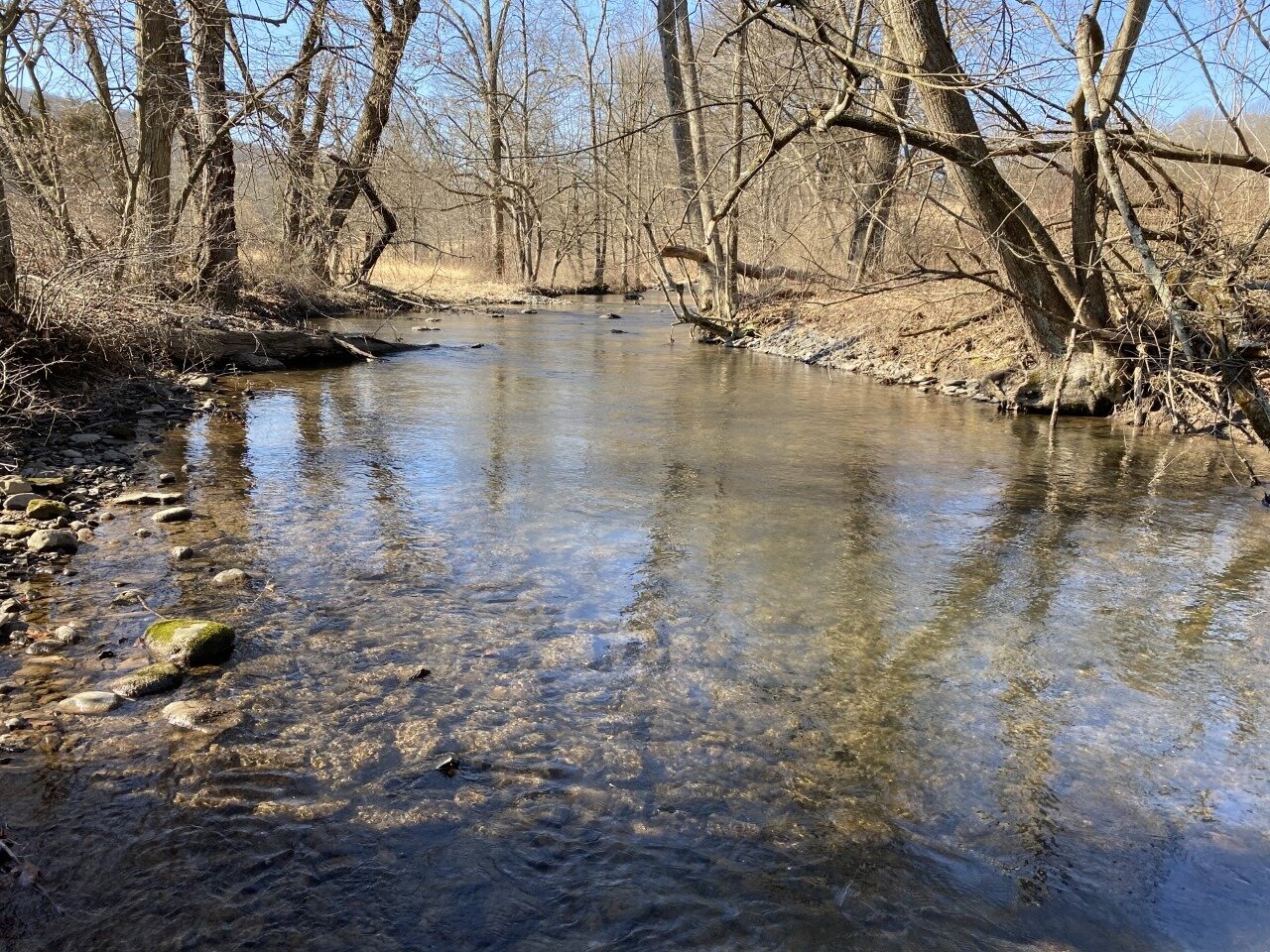The Delaware River Watershed’s Six National Wildlife Refuges
By Revathi V. Machan, Communications Intern, Coalition of the Delaware River Watershed
Bombay Hook NWR
The Delaware River Watershed is unique in that it is home to six National Wildlife Refuges, each with its own individual character and ecological benefits. These wildlife refuges not only provide vital habitats for migratory and resident wildlife, but also provide an opportunity for all of us to connect to nature.
The six National Wildlife Refuges located within the watershed are: Supawna Meadows National Wildlife Refuge (NJ), Cape May National Wildlife Refuge (NJ), Prime Hook National Wildlife Refuge (DE), Bombay Hook National Wildlife Refuge (DE), John Heinz National Wildlife Refuge at Tinicum (PA), and Cherry Valley National Wildlife Refuge (PA). Each refuge is managed by the U.S. Fish & Wildlife Service, and they are open for activities such as wildlife-viewing and hiking.
Supawna Meadows National Wildlife Refuge can be found in Salem County, New Jersey, further up along the Delaware River estuary. Here you will find a wider variety of habitats available to the wildlife including a brackish tidal marsh, forested wetlands, and grasslands. The brackish tidal marsh makes up nearly 70% of the refuge and is a vital resting spot for waterfowl and shorebirds, such as the wintering American black ducks. The forested wetlands provide a habitat for a diverse wildlife, including amphibians like the chorus frogs and spring peepers. The grasslands are used by larger mammals, amphibians, raptors, and reptiles. In fact, the space is a nesting habitat for the Northern diamondback terrapin, a species of special concern in New Jersey.
Supawna Meadows NWR
The yellow throated warbler, a neotropical species often found in Cape May NWR
Cape May National Wildlife Refuge exists on the outermost edge of the Delaware Bay at the southern tip of New Jersey. This refuge is home to several species of migratory birds, and one of the major shorebird staging areas in North America. You’ll also find that many neotropical songbird species use the Cape May Peninsula as one of their resting spots during their long migrations from Mexico to Canada/US. Nearly 100 migratory bird species use the forest area of the reserve as a place to stop, rest, and feed, before continuing their journey on. A majority of this refuge is dedicated to preserving the habitat and wildlife within, so while there are limited activities available, visitors are encouraged to fish, observe the wildlife, and attend wildlife education programs.
Cape May NWR
Prime Hook National Wildlife Refuge is located near the coast of Delaware, sitting along the Delaware Bay. First established for the protection and preservation of migratory birds, now the refuge is focusing on bigger projects as well. Nearly a decade ago in 2012, the Prime Hook NWR embarked on one of the largest marsh tidal restoration projects in the eastern U.S. The project aims to restore nearly 4000 acres of highly damaged tidal marsh ecosystem to improve the habitat for migratory birds and improve the ability of the refuge to withstand future storms. The refuge itself features salt marsh, freshwater marsh, ponds and impoundments, wooded swamps, and upland grasslands and forest. This kind of biodiverse habitat supports 308 species of birds, 51 species of fish, 45 species of reptiles and amphibians, 37 species of mammals, and a host of rare insect and plant species. Though hunting is permitted, many of the activities offered are more passive (like wildlife observation and photography) as the refuge is dedicated to preserving the habitat within.
Prime Hook NWR
Bombay Hook NWR
Bombay Hook National Wildlife Refuge sits right outside of Dover, Delaware, on the Delaware Bay. Like the Prime Hook NWR and the Cape May NWR, this refuge primarily serves migratory birds as a stopover on their long journey to the north to breeding grounds. During low tide, you may see thousands of shorebirds, like dunlins and yellowlegs, feeding along the salt marsh mudflats, while wintering waterfowl, like the snow geese and northern pintail, loaf around in the expanses of the marsh. The marsh itself has both a tidal salt marsh and managed freshwater impoundments which together provide a very scenic contrast as well as a much needed habitat for these birds as other habitable locations dwindle. A few activities available to the public here are fishing, hunting, wildlife viewing, and environmental education programs.
John Heinz at Tinicum NWR
John Heinz National Wildlife Refuge found in Philadelphia, Pennsylvania provides a much wider range of activities available to the public, including kayaking, canoeing, nature programs, as well as volunteering opportunities. This NWR is known as America’s First Urban Refuge and was established primarily to provide environmental education and offer people the opportunity to study nature. Unlike the other refuges, John Heinz serves as an important ambassador for the National Wildlife Refuge program and is available to over 1.7 million people within 10 miles of the refuge. The refuge itself boasts of a diverse range of habitats— upland forests, freshwater tidal marshes, Darby Creek, and more— which are home to a few hundred species of birds, mammals, reptiles, and amphibians
Cherry Valley NWR
Furthest up north in Monroe County, Pennsylvania, you’ll find Cherry Valley National Wildlife Refuge. This refuge lies in a much drier part of the watershed; rather than tidal marshes, you’ll find rivers, streams, and wetlands which support wildlife from wading birds to river otters to salamanders. The rest of the refuge, nearly 60%, is made up of forested ridges along the valley with trees like gray birch, chestnut, oak, and quaking aspen. The refuge was established in part to protect the wetland habitat of the bog turtle, a federally threatened species, but is home to a wide variety of birds and mammals including furbearers like the mink, muskrat, beaver and opossum. Along with hunting and fishing, the refuge is also open to hikers and cross country skiers.
The bog turtle, Photo CC US Fish and Wildlife Service Southeast Region, Flickr
Each refuge plays an important role in preserving the thousands of species that rely on them for habitat, food, and breeding grounds. The Delaware River Watershed, like its wildlife refuges, are part of a biodiverse landscape of aged forests, saltwater marshes, and grasslands that together provide invaluable ecosystem services to us and our wildlife.
Get outside to visit the refuges this spring! Learn more here:

